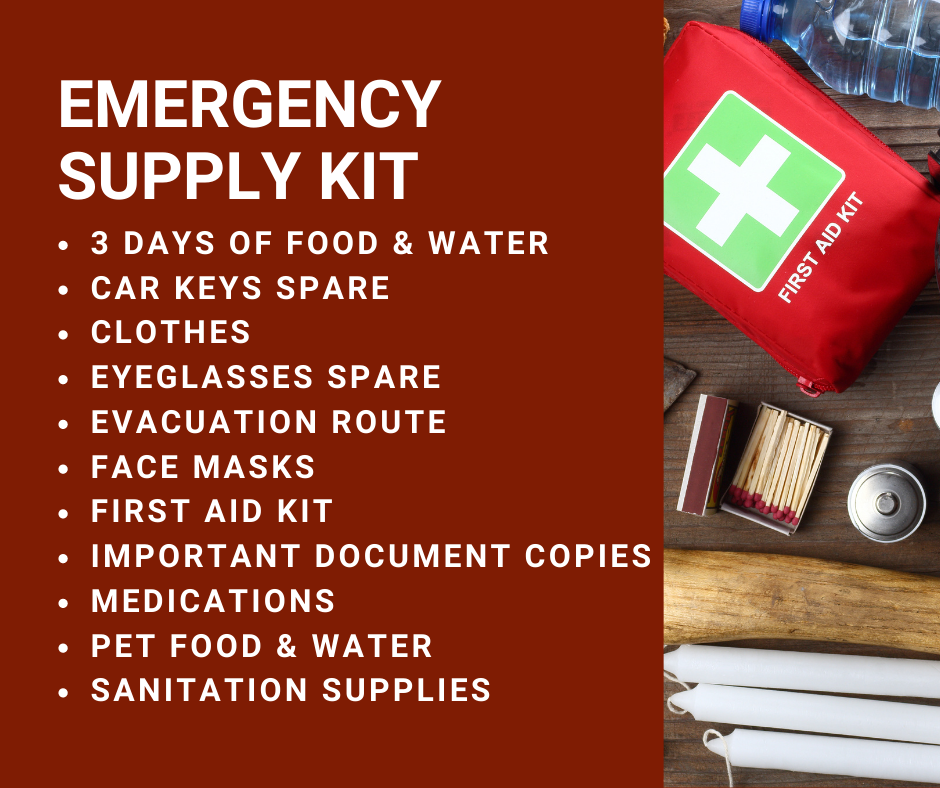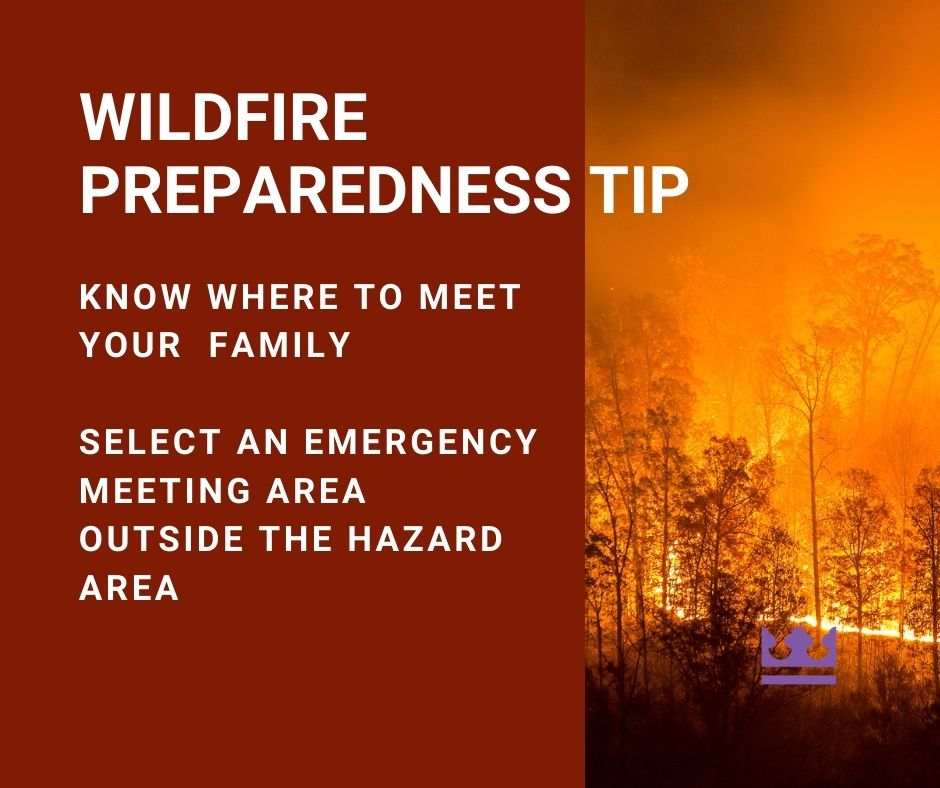Wildfire Preparedness Checklist

Few events are more terrifying than a wildfire threatening your home and the safety of your family. If you live in a wooded area, you should take precautions now to ensure that you can evacuate your family safely when needed. The following are steps that every homeowner should take to prepare for a wildfire:
Verify your Homeowner’s Policy Coverage Limit
The good news is that most homeowner’s insurance policies cover damage due to wildfires. However, a shortfall in replacement coverage could leave some homeowners unable to rebuild their homes in the wake of a fire. Make sure that you have adequate replacement coverage in the event that your home is destroyed. A guaranteed replacement benefit ensures that your home can be rebuilt with similar quality materials and craftsmanship. If you have concerns, please talk with your HUB insurance broker, who can review your policy.
Inventory Your Belongings
Use a video camera to document property and belongings. In the event of a loss, you will be required to provide evidence of your destroyed property in order to obtain insurance funds. Store this inventory video off-site along with appraisals for valuable items, such as fine art or jewelry, as well as a copy of the insurance policy.
Comply with Brush Clearance Requirements
The path of a wildfire is unpredictable. The best way to protect your home is by clearing brush to at least a 200-foot perimeter and properly maintaining your property by removing dead ground cover and debris. In addition to creating a ‘safety zone’ around your home, here are a few additional tips:
- Trim any tree branches hanging over the house or near chimneys.
- Contact the power company to remove branches near power lines.
- Remove vines from the home’s exterior walls.
- Clear the areas surrounding propane tanks or grills.
- Never stack firewood next to the home.
Pay Attention to Landscaping
- Landscape your home with a 30-foot wildfire safety zone in mind.
- Select fire-resistant ground cover and fuel plants that help contain fire rather than fuel it.
- If your home is situated on a sloping lot, the safety zone should be expanded to 100 feet.
- Remove “ladder fuels” that link ground cover to treetops on the property
Protect and Maintain Your Home
Take the following steps to further protect your home against wildfire.
- Inspect and clean chimneys annually.
- Clean the roof and gutters regularly.
- Inspect and clean chimneys annually.
- Use fire-resistant or non-combustible materials on the roof and exterior structure.
- When possible, use masonry walls or chain link fencing instead of wood fencing.
- Keep ladders and fire tools accessible and make sure family members know how to use them.
- Install dual-sensor smoke alarms on each floor.
- Use mesh screens below floor areas, decks, porches, attics, and roofs.
- Cover wood decking with approved fire-resistant skirting, or, alternatively, consider a fire-resistant decking material.
- Install fire-resistant shutters and drapes.
- Apply fire-retardant material to the exterior of the home and/or surrounding vegetation. It is best to do this at the beginning of each fire season.
Utilize Wildfire Devices and Services
New technologies are available for combating a wildfire event, including:
- Exterior foam dispensers.
- Roof-mounted sprinkler systems.
- Landscaping sprinkler systems.
- Eave/attic and ground vent screens.
Many insurance carriers are taking an aggressive approach to wildfire prevention by providing on-site consultations and fire-retardant applications.
Evacuation Plans
If your location puts you at risk for a wildfire, the following tips are important:
- Create an emergency escape plan, review it often, and post it in a visible area with emergency phone numbers.

- Make sure your property has a clear route for you to exit and emergency vehicles to enter.
- Display address and home names clearly.
- Talk with any neighbors regarding fire safety and the importance of remaining vigilant.
- Follow evacuation orders immediately.
- If the garage has an automatic door, open it, and disable the automatic function.
- Keep any electronic gates open.
- Close all windows and doors and leave interior and exterior lights on.
- Be sure to have prescription medications for family members or pets easily accessible.
- Once you are out of harm’s way, contact family or friends, and provide them with your temporary relocation plans.
Contact your Monarch Underwriter for more information or to obtain a quote.
“Legal Disclaimer. Views expressed here do not constitute legal advice. The information contained herein is for general guidance of matter only and not for the purpose of providing legal advice. Discussion of insurance policy language is descriptive only. Every policy has different policy language. Coverage afforded under any insurance policy issued is subject to individual policy terms and conditions. Please refer to your policy for the actual language.”
